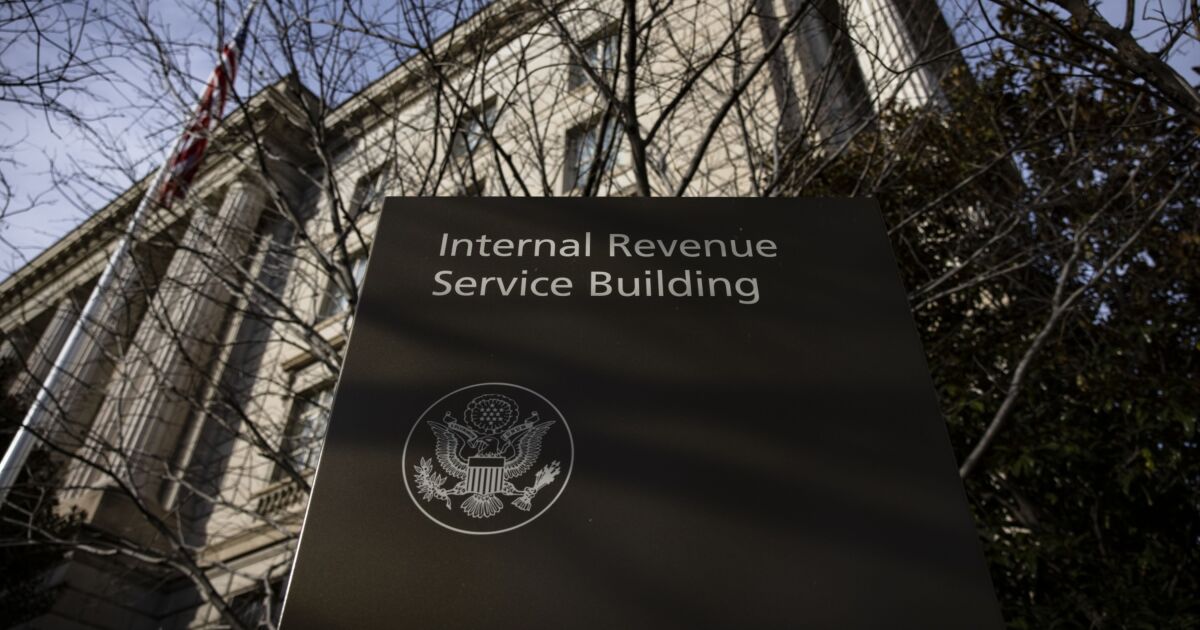Earth Day
getty
As Earth Day approaches, it’s time to consider the positive environmental impact of hybrid working. Recent research by IWG and Arup has highlighted that working closer to home can significantly reduce carbon emissions in major cities across the U.S. and U.K. Embracing hybrid working models is an essential and practical step toward reducing our carbon footprint and protecting our planet.
Hybrid Working: A Game-Changer for Carbon Emissions
IWG and Arup’s study has unearthed some astonishing findings regarding the environmental impact of hybrid working. Their research suggests that hybrid working can reduce carbon emissions by up to 70% in the U.K. and a staggering 87% in the U.S., thanks to a decrease in building and transport emissions. With such significant potential carbon savings, it’s time we re-evaluate our traditional office-centric work models.
The Impact on U.S. Cities
The study focused on six cities across the U.S. and U.K., including New York City, Atlanta, Manchester, and Glasgow. American cities showed the largest potential carbon savings, primarily due to the prevalence of commuting by car. Atlanta led the pack with a potential 90% reduction in carbon emissions, followed by Los Angeles at 87% and New York at 82%.
The Impact on U.K. Cities
The potential carbon savings remain significant for U.K. cities as well. Glasgow stands to benefit the most with an 80% reduction in carbon emissions, while Manchester could see a 70% decrease, and London a 49% reduction. The study emphasizes the importance of rethinking our work habits and leveraging hybrid working models to mitigate the environmental impacts of daily commutes.
The Perils of Five-Day Commuting
The research found that daily commuting to city center offices has the largest carbon footprint. In the U.S., cities like Atlanta, New York, and Los Angeles have the highest potential carbon savings due to their strong commuting cultures. U.K. cities like Glasgow, Manchester, and London also stand to benefit from reduced commutes and hybrid work models. Simply put, reducing our commutes is an effective way to lower our carbon emissions.
Transportation Emissions
In 2020, 25% of carbon emissions in the U.K. came from the transport sector, more than any other sector. In London, approximately one in three people drive to work, while nationwide, this figure rises to about two in three. In the U.S., per capita transport emissions are 2.5 times higher than in the U.K., primarily due to larger, less fuel-efficient vehicles and low public transport ridership.
The Role of Public Transportation
A crucial aspect of reducing transportation emissions is the increased adoption of public transportation, cycling, and walking. Governments must invest in these networks and use them to secure both environmental benefits and economic growth. By encouraging hybrid working models and promoting sustainable commuting habits, we can effectively reduce transportation emissions and work towards a greener future.
Local Workspaces: A Greener Alternative
Local workspaces offer a more sustainable alternative to traditional city center offices. These spaces have higher occupancy rates and, consequently, lower emissions per employee. By increasing the use of local workspaces in our hybrid work models, we contribute to a greener and more sustainable future.
The Benefits of Higher Occupancy Rates
Higher occupancy rates in local workspaces result in more efficient use of space and resources. This, in turn, leads to lower energy consumption for heating, cooling, and lighting, ultimately reducing the overall carbon footprint. By embracing local workspaces as part of a hybrid work model, we not only support local economies but also contribute to a more environmentally friendly approach to work.
Upgrading Office Environmental Standards
Another crucial aspect of reducing our environmental impact is upgrading office spaces to meet higher environmental standards. By investing in energy-efficient technologies and sustainable building materials, companies can significantly lower their carbon emissions. By prioritizing green office spaces in both city centers and local communities, we can create a more sustainable work environment for all.
A Win-Win for Employees and the Environment
Aside from the environmental benefits, hybrid working models also improve employee wellbeing. With 88% of workers valuing flexible working arrangements, hybrid working models can save money and provide a better work-life balance. By living and working closer to home, employees can lead healthier, more productive lives, while simultaneously reducing their carbon footprints.
The Attraction of Hybrid Working
Hybrid working is particularly appealing to employees seeking a better balance between their professional and personal lives. This work model allows for greater flexibility, enabling employees to manage their time more effectively and reduce the stress associated with long commutes. Companies that offer hybrid working options can also gain a competitive edge in attracting and retaining top talent.
The Economic Savings of Working Locally
In addition to the environmental and wellbeing benefits, hybrid working can also lead to significant financial savings for employees. For example, someone based in Cambridge, U.K., could save up to £2,931 a year by working from a local workspace instead of a London HQ one day a week. This figure increases to £8,793 if they work locally three days a week. These savings illustrate the potential economic benefits of adopting a hybrid work model.
The Future is Hybrid
As the CEO of IWG, Mark Dixon, eloquently put it, “The single biggest change we can all make right now is to provide people with the choice to work closer to where they need to be, and with lower impact on the environment.” This Earth Day, let’s take a moment to reflect on the power of hybrid working to create a greener, more sustainable future for us all.
By embracing hybrid work models, we can reduce carbon emissions, improve employee wellbeing, and contribute to a more sustainable planet. As Earth Day approaches, it’s time for businesses, governments, and individuals to recognize the potential of hybrid working and take steps to implement this innovative approach in our daily lives. The future is hybrid, and it’s greener than ever before.
Let’s celebrate Earth Day by acknowledging the transformative potential of hybrid working and committing to a more sustainable, environmentally responsible approach to work. The time is now to make a difference, not just for ourselves, but for future generations and the planet we all share.
Credit: Source link











